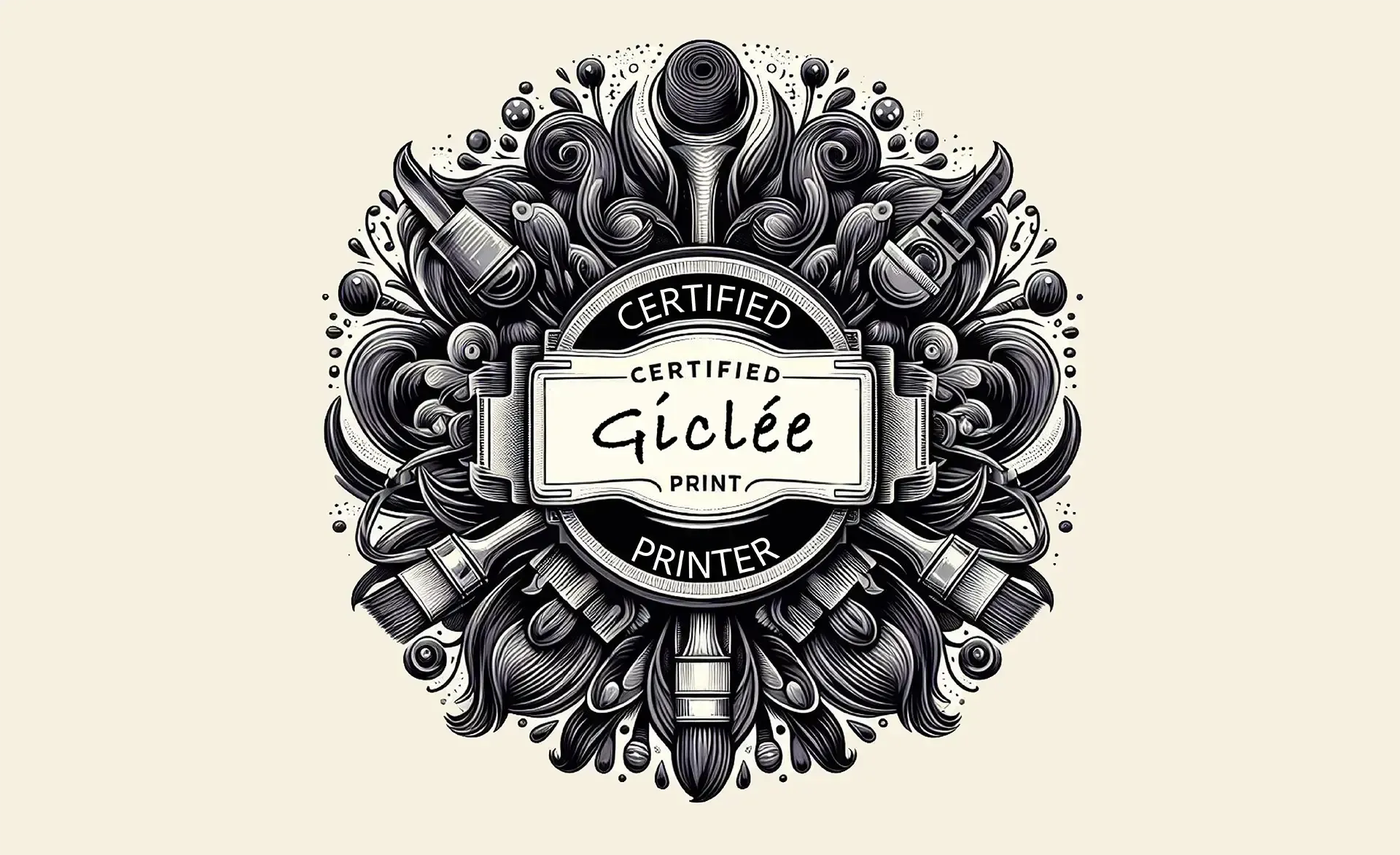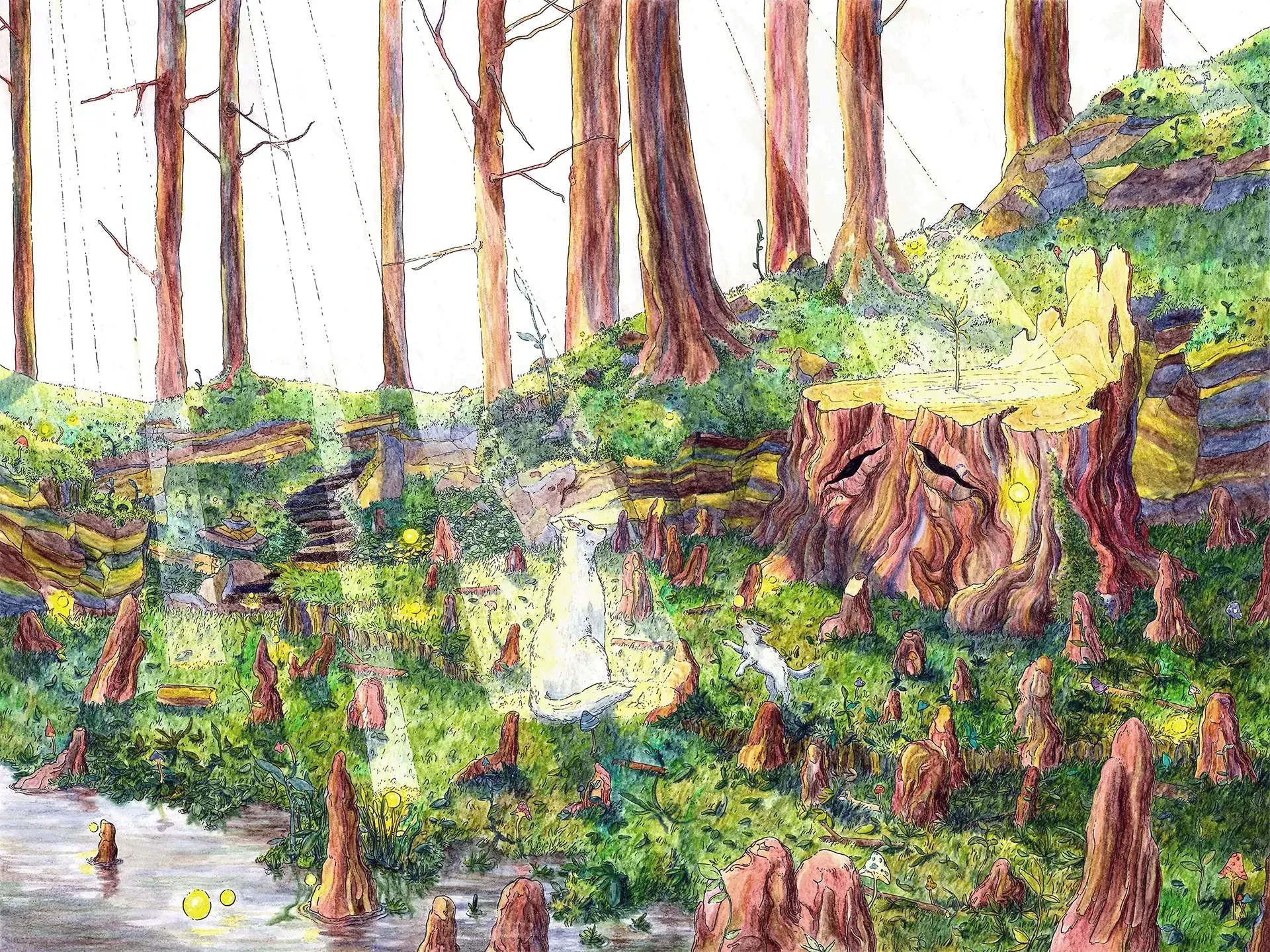Are Giclée Prints A Good Investment?
The art world is vast and varied, offering numerous opportunities for both seasoned art collectors and those new to art collecting. One area of growing interest is Giclée art prints. But are Giclée prints a good investment? Prints offer an excellent way for those new to art collecting to begin since the cost of original paintings can be expensive. Fine art reproduction via prints can be a great way to build up to collecting original art because the price point and risks are usually lower. You can create prints from almost any work of art. Let's delve into this topic, exploring what makes Giclée prints unique and whether they can hold or increase their value over time. This accessibility makes Giclée prints a perfect starting point for your art collection.
What is a Giclée Print?
Giclée (pronounced "zhee-clay") is a French word meaning "to squirt," referring to the inkjet printing process used to create these high-quality fine art prints, usually on Epson inkjet printers. Artists produce Giclée prints using pigment-based inks and high-resolution digital imaging, producing prints with exceptional color accuracy and archival quality. This printing technique can reproduce original artwork with remarkable fidelity, capturing even the subtlest details and textures.
Features of a Giclée Fine Art Print
- High-Quality Inks and Substrates: Giclée prints use archival pigment inks and archival paper or other substrates, ensuring the print's longevity. These materials resist fading and degradation, maintaining their vibrancy for decades.
- Color Accuracy: The digital imaging and inkjet printing process of Giclée prints ensures superior color accuracy, closely replicating the hues and tones of the original piece of art.
- High Resolution: Giclée printers typically operate at a high dpi (dots per inch), producing prints with crisp, detailed imagery.
- Versatility: You can perform Giclée printing on various substrates, including watercolor paper, canvas, and acrylic, offering a range of textures and finishes to suit different artistic styles.
Are Giclée Prints a Good Investment?
Determining whether Giclée prints are a good investment involves several factors:
Artist's Reputation:
- The artist's reputation significantly influences the value of a Giclée print. Works by renowned artists or those gaining prominence are more likely to be appreciated.
- Limited Edition: Limited edition Giclée prints, especially those signed and numbered by the artist, are more valuable than open edition prints. The scarcity of a limited edition can enhance its desirability among collectors.
- Quality and Condition: The highest quality Giclée prints, produced with archival materials and well-maintained, are more likely to hold their value. Damaged or faded prints can lose value over time.
- Market Trends: Staying informed about art market trends can help make informed investment decisions. The popularity of particular artists or styles can fluctuate, affecting the value of related prints.
Comparing Giclée and Lithographs
When you compare Giclée prints to lithographs, it's important to note that both have merits. Artists create lithographs using a traditional printmaking technique involving oil paints, stones, or metal plates, whereas Giclée prints use digital printing technology. Due to the manual process involved, lithographs by famous artists can generally be more valuable. However, high-quality, limited-edition Giclée prints by well-known artists can also be valuable investments.
Prints, including Giclée prints, do not necessarily devalue original artwork. They allow more people to access and enjoy the artist's work without owning the original piece. The popularity of prints can increase the demand and value of the original artwork.
Investment Potential of Giclée Art Prints
Can Giclée prints become valuable over time? The answer is yes, but it depends on several factors:
- Authenticity: Ensure the Giclée print comes with a certificate of authenticity from the artist or gallery, verifying its legitimacy.
- Edition Size and Number: Limited edition prints, particularly those in smaller editions, are generally more desirable.
- Artist's Market Presence: The ongoing success and visibility of the artist can positively impact the value of their prints.
- Quality Assessment: High-resolution prints with vibrant, accurate colors printed on archival substrates are more likely to be appreciated.
Giclée art prints can be valuable to any art collection, offering aesthetic enjoyment and investment potential. While not all Giclée prints will appreciate significantly, those by reputable artists, produced in limited editions, and maintained in excellent condition have the potential to become cherished investments over time. As with any investment, careful research and consideration are crucial. Giclée prints provide an accessible entry point into the world of fine art collecting, combining beauty with potential financial rewards. This potential for value appreciation should inspire optimism in your art investment journey.
Hero Photo by João Jesus on Pexels.
Related Articles
Related Articles




